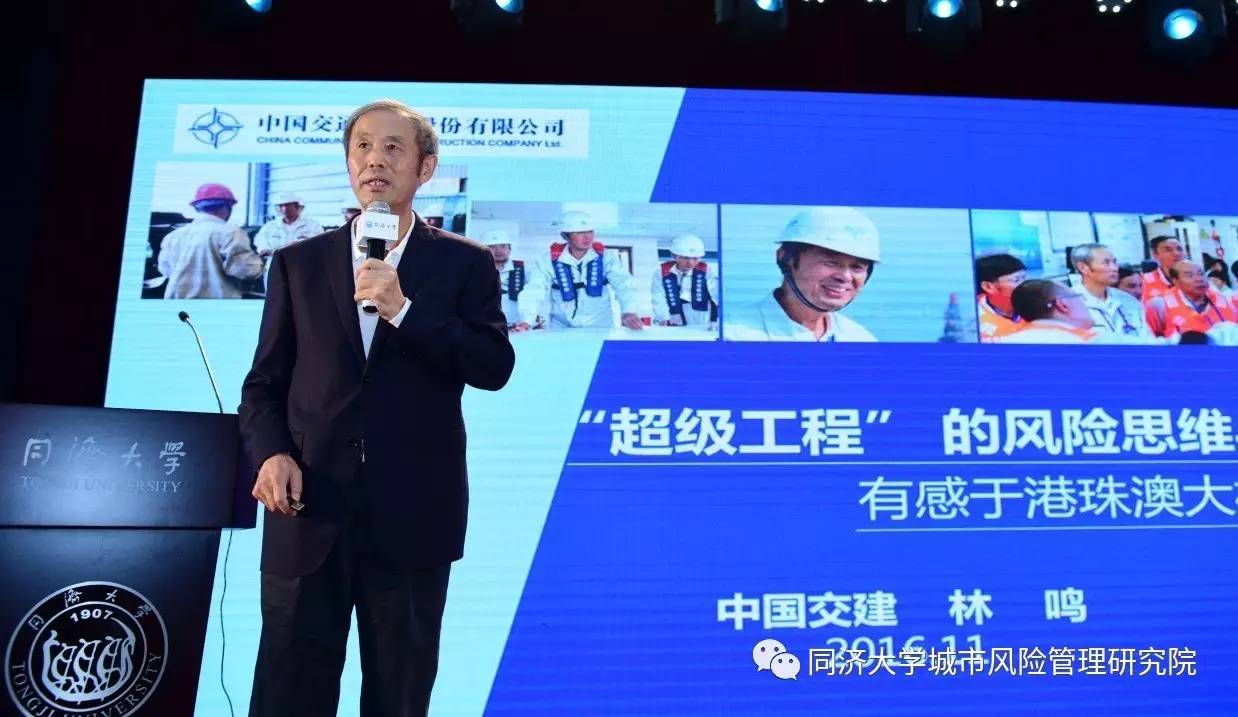In any urban construction, the engineering risks involved are certainly very important issues. In view of my experience acquired in the Hong Kong-Zhuhai-Macao Bridge (HZMB) Island-Tunnel Project, I am going to share some insights on risk management regarding “Super Engineering”.

The HZMB is well-known as a super engineering project. I am unable to accurately define the full meaning of “super engineering”, but one thing that is certain is that super engineering is more challenging and more risky.
The HZMB connects with Hong Kong in the east, Zhuhai and Macao in the west, and is a bridge-island-tunnel combination project, with the island-tunnel project as its main project. The bridge is the world’s longest and largest cross-sea bridge-tunnel project.
Immersed tube tunnels have been adopted for this tunnel. Immersed tubes have only been used to a quite limited degree. The world’s first immersed tube tunnel appeared in the United States in 1910, about a hundred years ago. As of the end of 2015 however, statistics show that a total of only 150 immersed tube tunnels or so were ever built in the world.
The development of immersed tube tunnels in China is relatively backward from the perspective of the Mainland. The first immersed tube tunnel was built in Hong Kong in 1972, followed by Taiwan in 1984, while in the Mainland, the first one was built in Guangzhou in 1993. Currently in China, the largest immersed tube tunnel built is in Shanghai, which is the river-crossing Outer Ring immersed tube tunnel, completed in 2003.
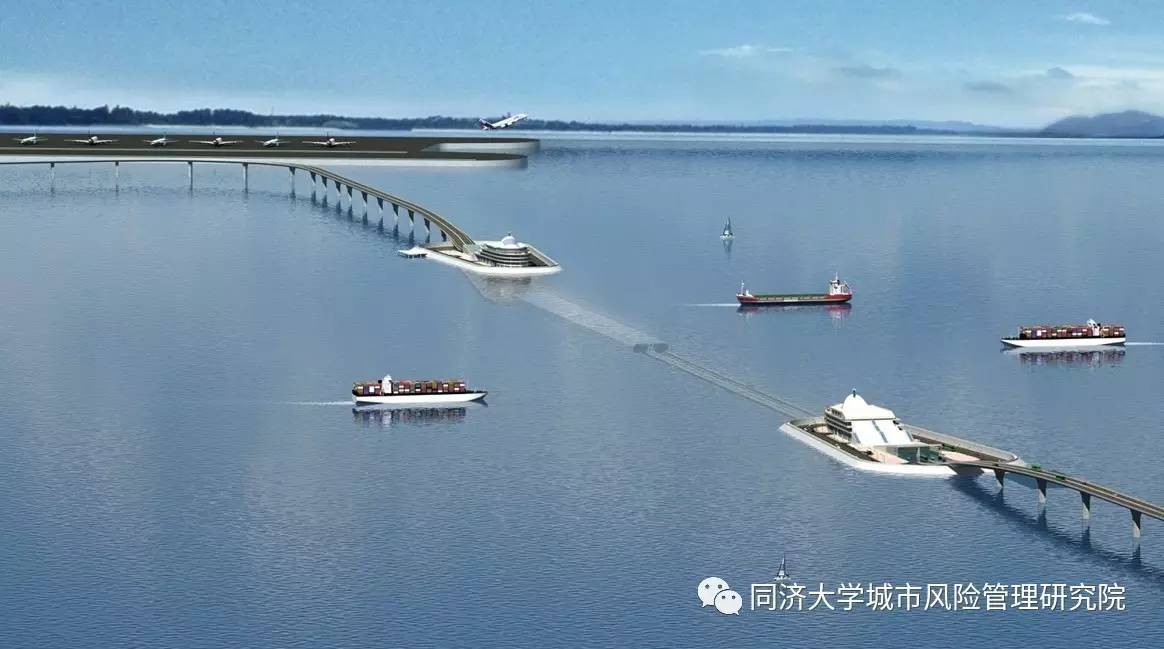
Most large engineering projects with immersed tubes in the world appeared after the year 2000. The Oresund Immersed Tube Tunnel is the first tunnel to be longer than 3,000 meters, which represented an engineering milestone. The deepest immersed tube tunnel is the Turkey’s Bosphorus sub-sea tunnel, at a depth of more than 60 meters. The Busan tunnel in South Korea is currently the longest immersed tube tunnel, with 3,600 meters in length of highway.
The HZMB undersea tunnel is 5,664 meters in length, and 50 meters in depth, while the current is swift and the construction precision standards are extremely high. The HZMB has played an important role in the aspects of scale, environment, technology and complexity, and it is regarded as the most challenging project in the field of immersed tube engineering.
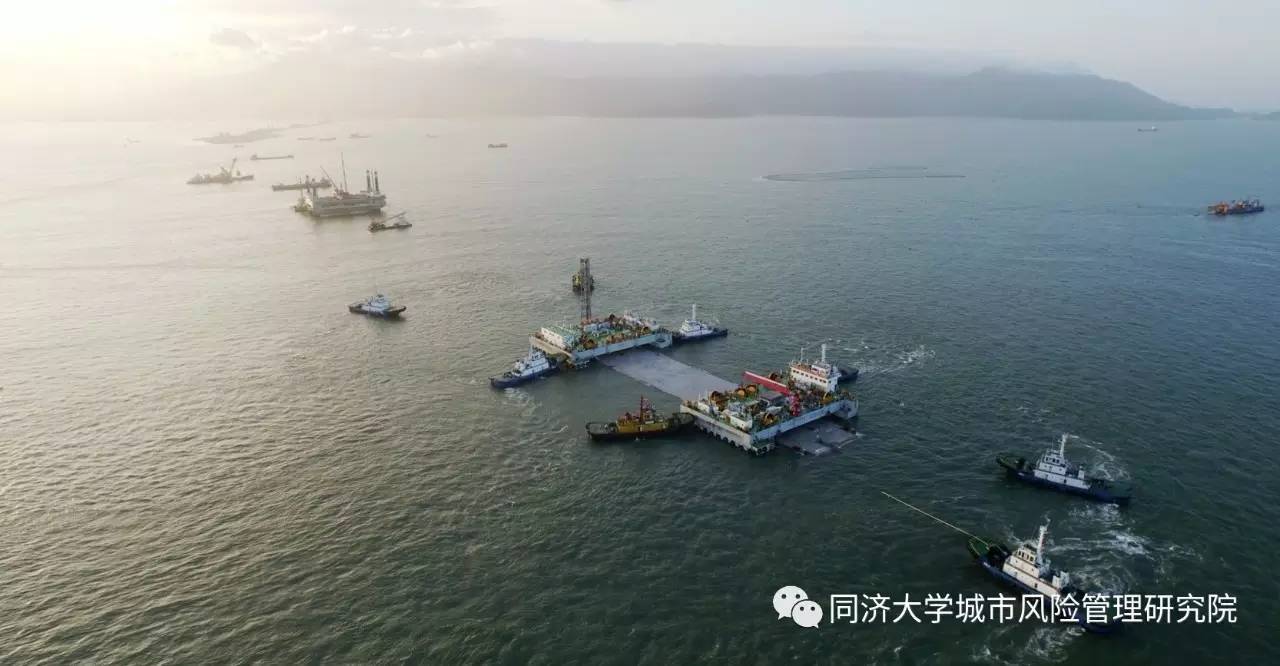
The island-tunnel project has a total of nine challenging aspects, and there risks are associated with each of these.
First, there is the complexity of the environment off the coast, as the construction area is 30 km off the coast of Zhuhai.
Second, there is the busy traffic at the Pearl River mouth, and there are over 4,000 vessels of different sorts shuttling back and forth daily.
Third, there is the risk to the environment itself. This is the core area of the White Dolphin Protection Zone, wherein more than 1,000 white dolphins inhabit the area. Relevant authorities are concerned as to whether this species would be affected by this construction.
Fourth, there are the four depths: deep immersed tubes, deep water, deep grooves, and deep soft soil. How deep is the soft soil? It is approximately 50 meters deep and 30 meters deep respectively on the east artificial island and the west artificial island.
Fifth, there are peculiar problems within the Pearl River estuary: abnormal siltation and irregular waves.
Sixth, it requires one billion RMB worth of immersed tubes prefabricated in factories.
Seventh, it requires approximately three billion RMB worth of special equipment.
Eighth, there are six kilometers of foundation needed for this immersed tube tunnel.
Ninth, the actual installation of immersed tubes is 33 sections of 80,000 tons each.
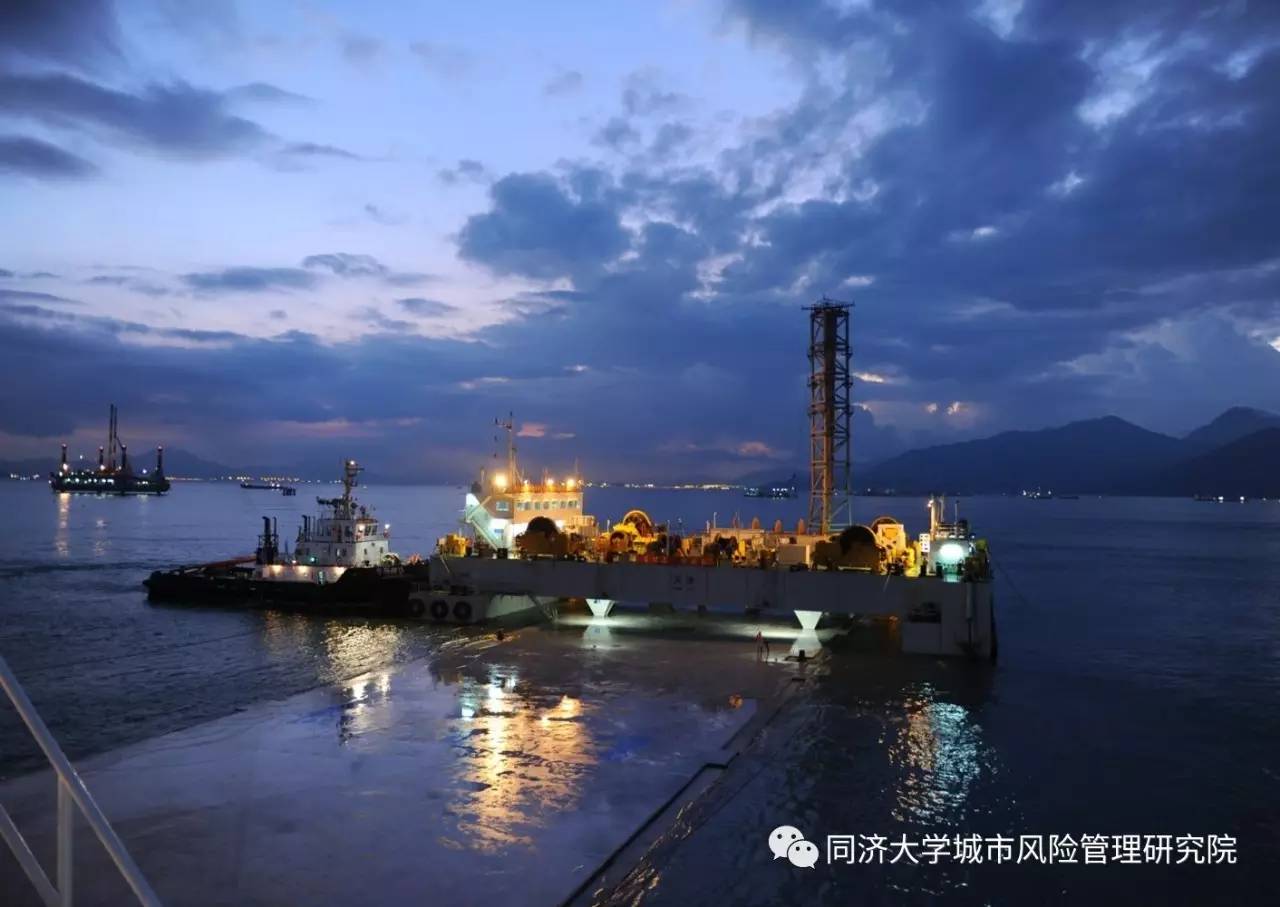
It is no exaggeration to say that risk management is the key to the success or failure of this project. Both technology and management are significant, however risk management is particularly significant.
Having an understanding of the above nine aspects of risk management has been a time consuming process. Risk management issues were taken into consideration beginning in 2005. The study on the risk management system began to be explored in 2007. Reports on the management system were formulated in the middle of 2012.
The risk management system includes two parts: the organizational system and the file system. Documents regarding the results on risk management can be sorted as follows: “General risk”, with 11 categories and 196 items; “Special risk”, with 7 categories and 67 items. There is also “Measuring risk”, with 23 categories and 140 items. To sum up, the project has a total of 41 categories and 403 items of risk concern.
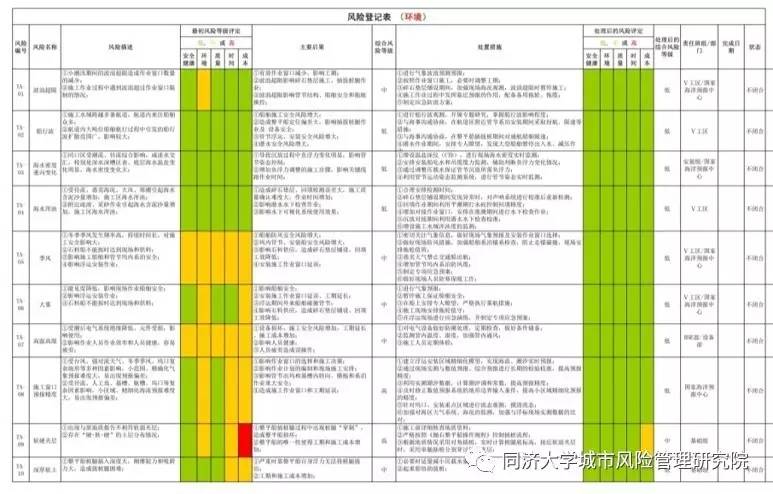
At the time, these tasks were really very difficult. However, when our team now looks back, we have found that the most important issue was not the system itself, but rather how to utilize written reports and results to solve practical problems in the project. This was a real challenge.
Let’s take the installation of immersed tube for example: A total of 33 sections of 80,000 tons each of immersed tubes were to be installed on the HZMB. In the offshore environment, butt joints needed to be installed on the spot nearly 50 meters underwater, and accuracy deviation was required at only a one centimeter-level. Only a few countries in the world are able to reach this standard. It was also the first time for us in our country to accomplish this task.
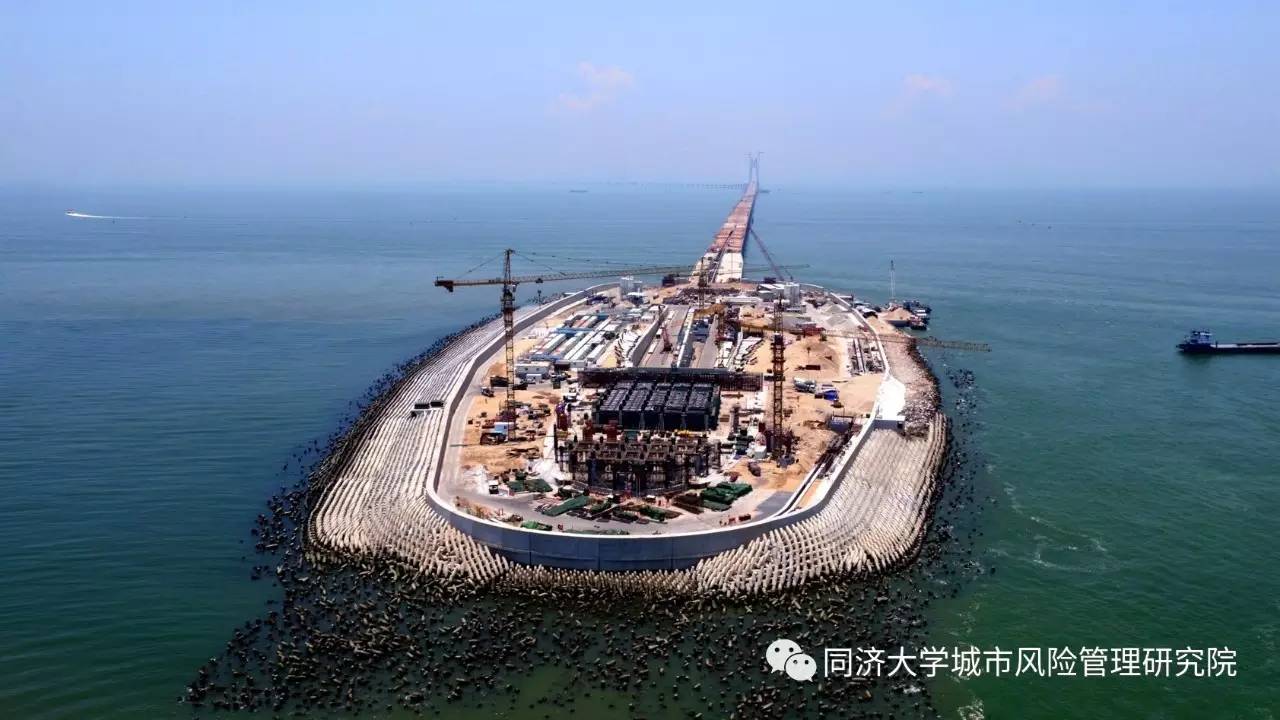
Having this “whole process” system, “wise staff”, and “full coverage of the various responsibilities”, a firewall is now set up for engineering construction.
The “whole process” means that each section is regarded as if it were the first immersed tube, and each section is strictly implemented with corresponding measures, including identification, assessment, disposition and summarization of risk. The “wise staff” means that each time an immersed tube is installed, all staff are involved to discuss every issue to occur during the installation. The “full coverage of the various responsibilities” means that the installation of each piece shall be regarded as the first installation, and risk investigation shall be made by all staff members involved. The leadership shall take the necessary lead, and hidden risk shall be removed before leaving the dock.
At the installation of final joint, the underwater gap was less than 10 centimeters. So, technical research was conducted in order to tackle this challenge. The concept of research is based on risk identification and assessment, which were taken as the main aspects. At that time, four rounds of risk identification and assessment had been completed, with 17 risk sources identified in the first round. Later, it came to 30, 49, and 51 respectively after another three rounds with a view to further improvement. Dead zones were eradicated through study and applying methods for risk management. Risk assessment results were utilized as the direction for further leading technology research, while risk disposal and technical measures were integrated together.

Under the present conditions, solving engineering problems is not the biggest challenge. With my experience in the HZMB, I believe that solutions to any problem can be found within China, if not elsewhere in the world. However, the biggest risk management challenge is that “blind spots” exist on some issues, which are ignored or unseen. The scientific nature of risk management lies in the overall repetitive identification of assessment activities, which can be conducive to eradicating such cognitive “blind spots” occurring in super engineering.
I have summarized three points on the perception of risk management:
First, the greatest risk within risk management is that business management is unrelated to risk management. We are repeatedly asking ourselves: What is risk management? Does it play a role? Must it be implemented in the project? The most critical issue is: Can it last long?
Second, risk awareness must shape behavior. The full engagement of brainstorming and mutual discussion can make every member of the team benefit by being aware of risk management to motivate and inspire all teammates to “take risks together”, so as to complete the challenge.
Third, what does risk management aim at? My opinion is only this sentence: Make risk management thinking a habit.
It is better to develop the habit of risk management thinking, and to take advantage of the many risk management approaches. Risk management can certainly facilitate fulfilling our dream of completing city construction safely.
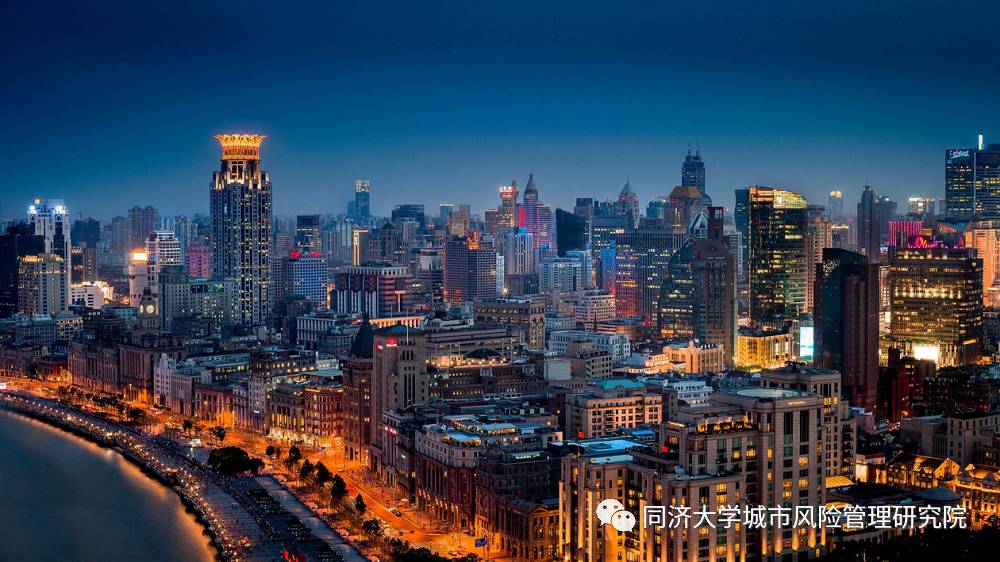
Author: Lin Ming, Chief Engineer of China Communications Construction Company Limited; General Manager and Chief Engineer of the HZMB Island-Tunnel Project
